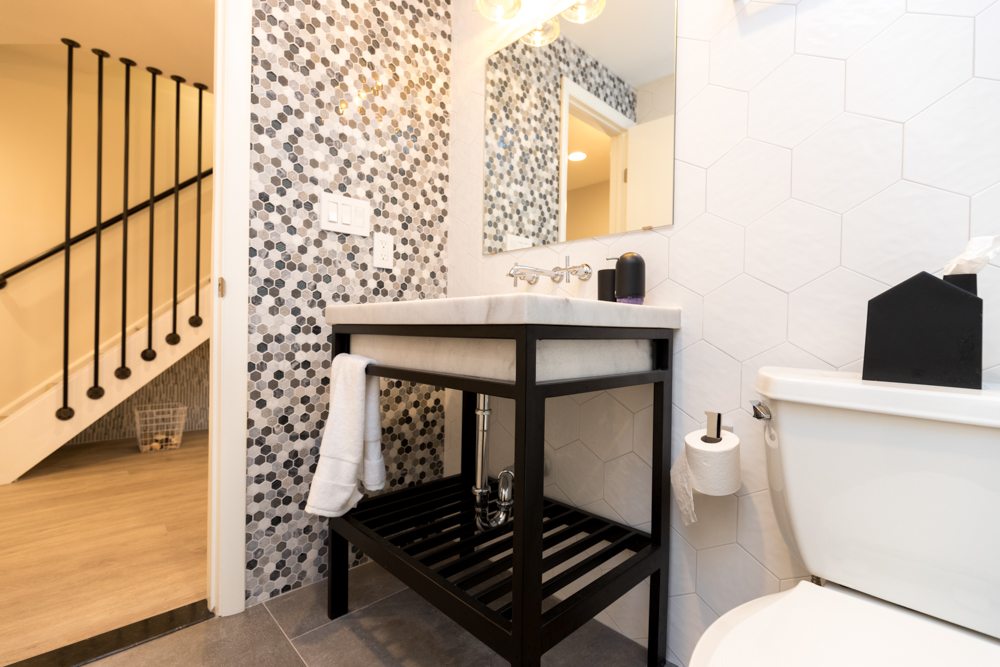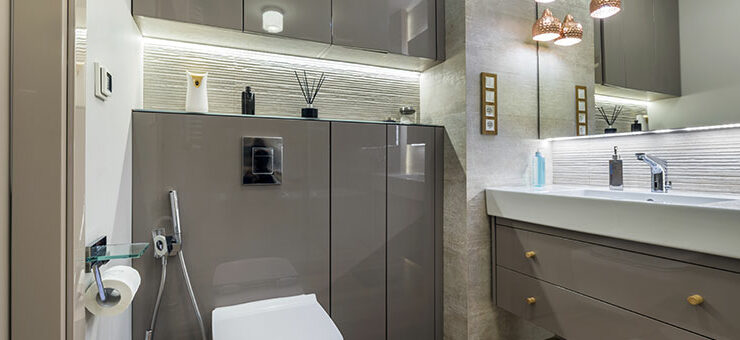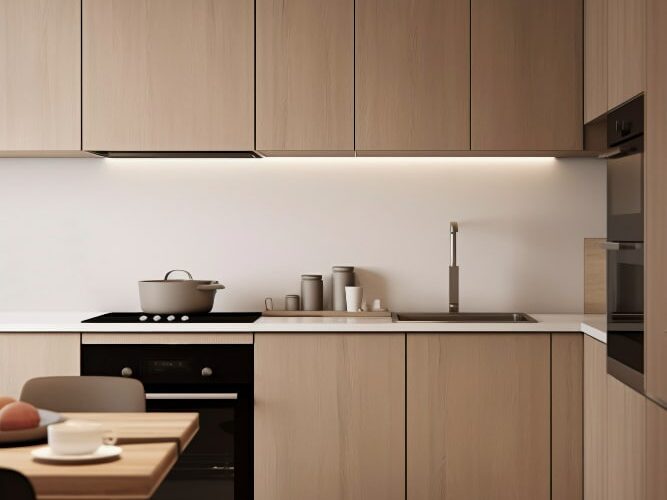A basement bathroom can make your life peaceful, and the basement space more functional. Along with a few other home improvements, it can even boost the equity value of your home. But adding a full-fledged bathroom in your basement is not child’s play.
You might have turned your basement into a storage room, man cave, gaming area, or a bedroom. Here, adding a bathroom will only make the space more livable and comfortable. Who wants to run up and down the stairs each time, anyway?
While a basement bathroom sounds like a wise choice, you shouldn’t dive into the process without your fair share of pros and cons. You may think it wouldn’t be that difficult, but trust us, underground plumbing is much trickier than your bathroom upstairs.
So if you’re remodeling your basement, carefully take into account the below factors on how to add a basement bathroom. With these points and a little planning, you’ll be able to get yourself a beautiful upgrade in no-time.
Get the Professionals
Even if you have the experience, you’ll need to find a professional contractor for some advice. When you understand the project’s complexity, you’ll realize professional help was well worth your time and money. With technical insights and expertise, a professional will guide you on how to add a basement bathroom without any hassle.
Although, if you’re on a strict budget, you can look up professionals for a free consultation to familiarize yourself with the job on hand. This way, at least there won’t be any unexpected nuisances and delays. You will also estimate the budget during this time, which will help you organize your next steps wisely.
Get Permits
Most of these remodels require a permit from your local authorities or municipality. They are mandatory, as each building has restrictions and ordinances to consider.
You need to make sure you have each document in place, so you don’t face any problems later. It’s just a part of the process and won’t take up much time if done correctly. Know your scope of work as it will determine your workload and the number of permits you require.
Focus on Design
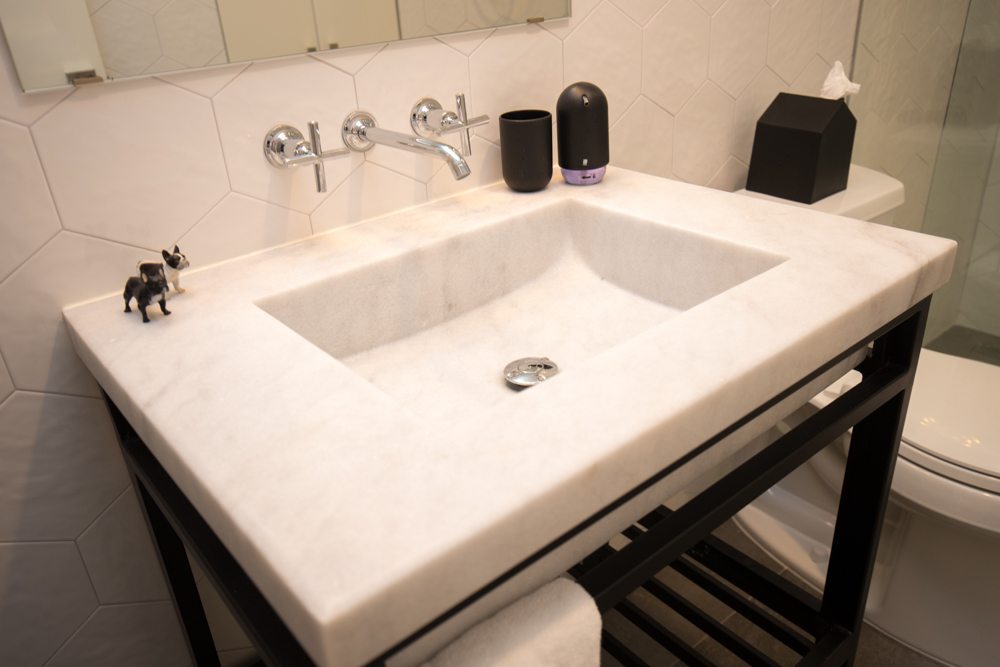
The layout is the most important aspect of a bathroom. First things first, add a basement bathroom just underneath your existing bathroom on the upper floor. It is the best and cheapest possible option to stay close to the existing plumbing and electrical.
While it is not always possible to do so, the second-best thing to do is follow the closest utilities. Once you have your new placement, it’s time to think about the layout and other additions.
Ask yourself, do you need different sinks? Will you be ok without a bathtub? Does it need to have a vanity? Will a walk-in shower be enough?
Basements are not that spacious and have low ceilings. They’re also preferably cold, so it’s ok to skip the tub and shower altogether. A sink and toilet with a fully-featured vanity or storage units would serve best for this space.
On the contrary, corner and glass showers are popular for this area, but it will require extra effort. Good ventilation and waterproofing are a given, considering the damp nature of the room.
Add Drainage
Underground drainage is an important aspect to consider while planning your basement bathroom. Usually, drainage relies on gravity to push out sewage and wastewater. It is the reason your above-ground drainage is uncomplicated and hassle-free.
But it isn’t the same with basement bathrooms. Here, natural drainage isn’t possible due to less adequate fall. It is advised to have professionals weigh-in and examine the slope of the sewer lines and drain pipes. You will need a decent plumbing system for your shower, toilet, sink, etc., to drain correctly.
Also, you’ll need to check the existing pipes too. If they are undersized, you’ll need larger ones for your basement drains. Also, look for the plumbing depth. It needs to be deep enough for better flow.
Add the Toilet
It doesn’t matter if you want a half or full bath. A toilet is essential in both, and you need to pick one that works best for your basement carefully. While the toilet from your above-ground bathroom works just fine, there are special toilet designs for your basement bathroom remodel that might be better.
Pressure-assisted, composting, sewage-ejector, up-flushing toilets, etc., are some well-known toilets for your basement. Pressure-assisted toilets create pressure to push out wastewater and sewage through the lines to prevent it from clogging. On the other hand, up-flushing toilets are hooked directly to the drain lines.
Focus on the Lighting
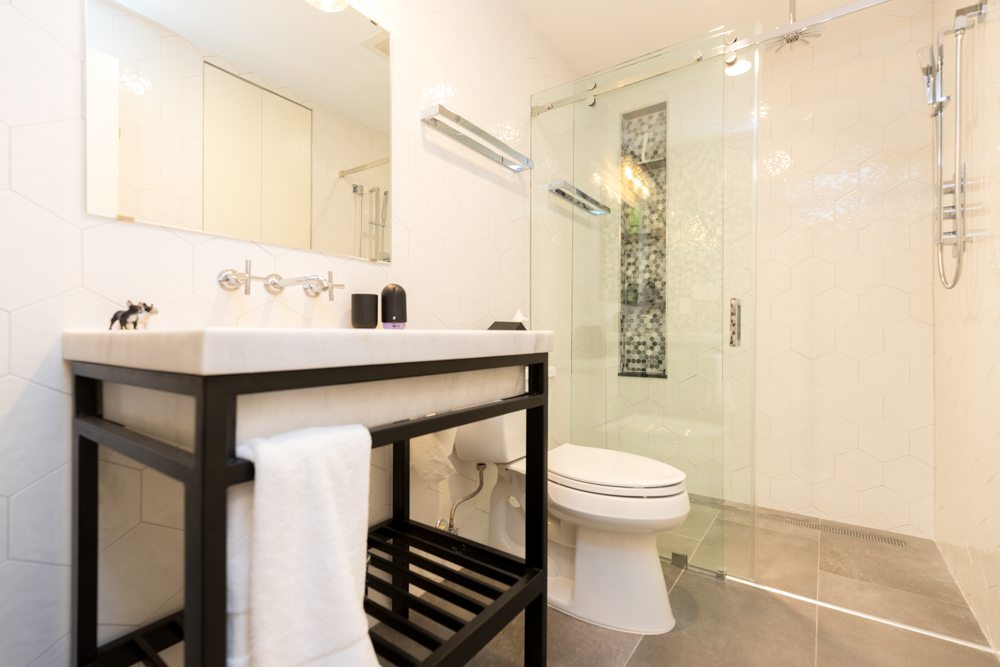
Basements are usually hostile and deprived of natural light. So great lighting can make or break your basement bathroom. With excellent lighting options, you can always elevate the look and feel of your space.
Below-grade wiring is essential. This task is better left to professionals. Any fault in the electrical wiring can cause fires, ruin fixtures, and injuries. Unless you’re very skilled or a handy DIY-er, you need to hand it over to the pros. You also need to take into consideration that a city inspector might come down to check your work. Your bathroom has to meet the code requirements, so the wiring has to be done accurately.
Remember the Finishing Touches
While professionals can handle most of the work, there are a few tasks that you can tackle easily, too. If you want, you can lay down the walls and mark the framing work. You can also lay down the flooring and shower. You can even install cabinets and vanity for better storage.
Then have your contractor work on the sink, toilet, faucet, and other installations. It is best to have your city inspector check-in and pass the final remodel. In fact, with the permits, you won’t face any issues for several years.
Lastly, paint the walls, install wood trims, towel bar, decor items, and other accessories. You can invest in wicker baskets, wire racks, tray dividers, etc., to amplify the storage space. You can either have your designer do this for you or tackle the job on your own. Moreover, the finishing touches are often more close to the heart if done personally.
